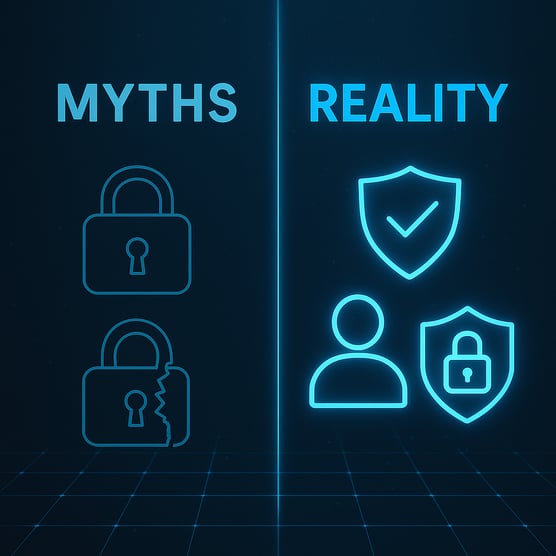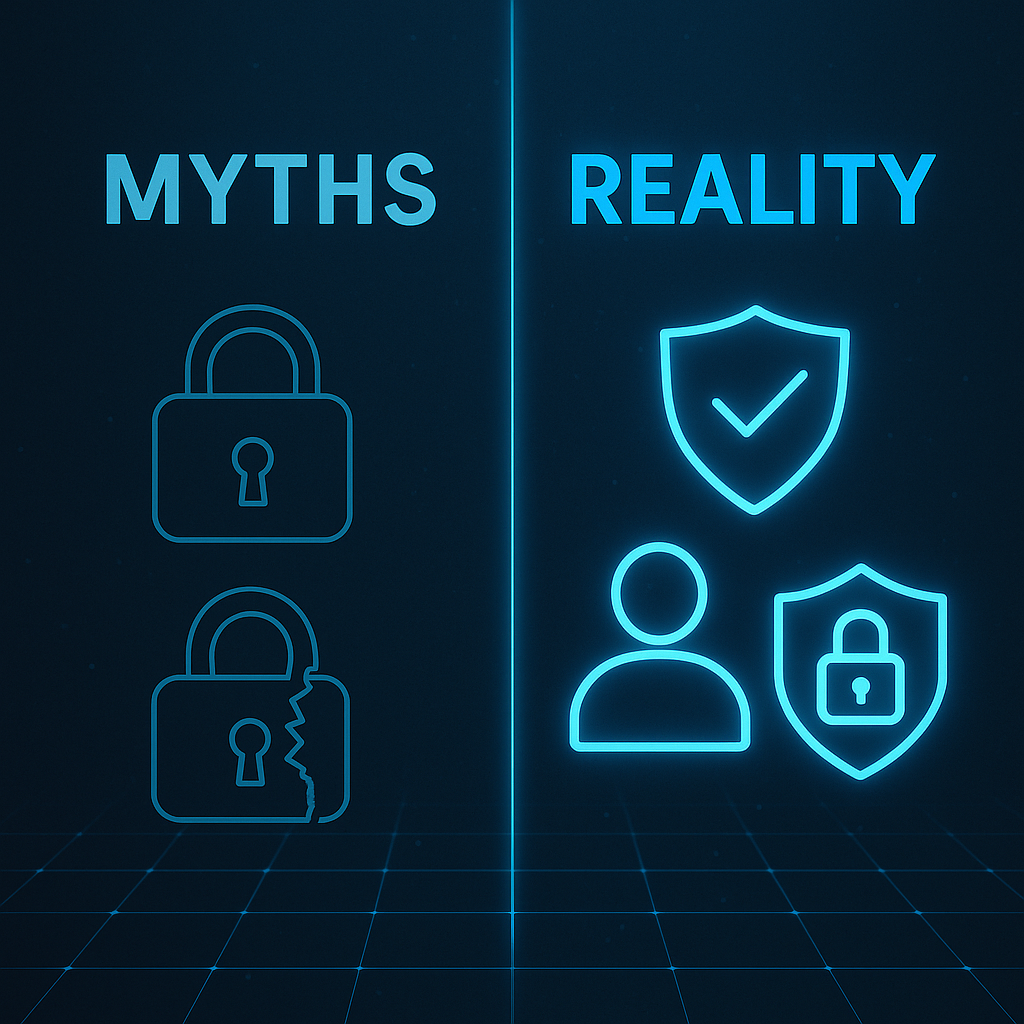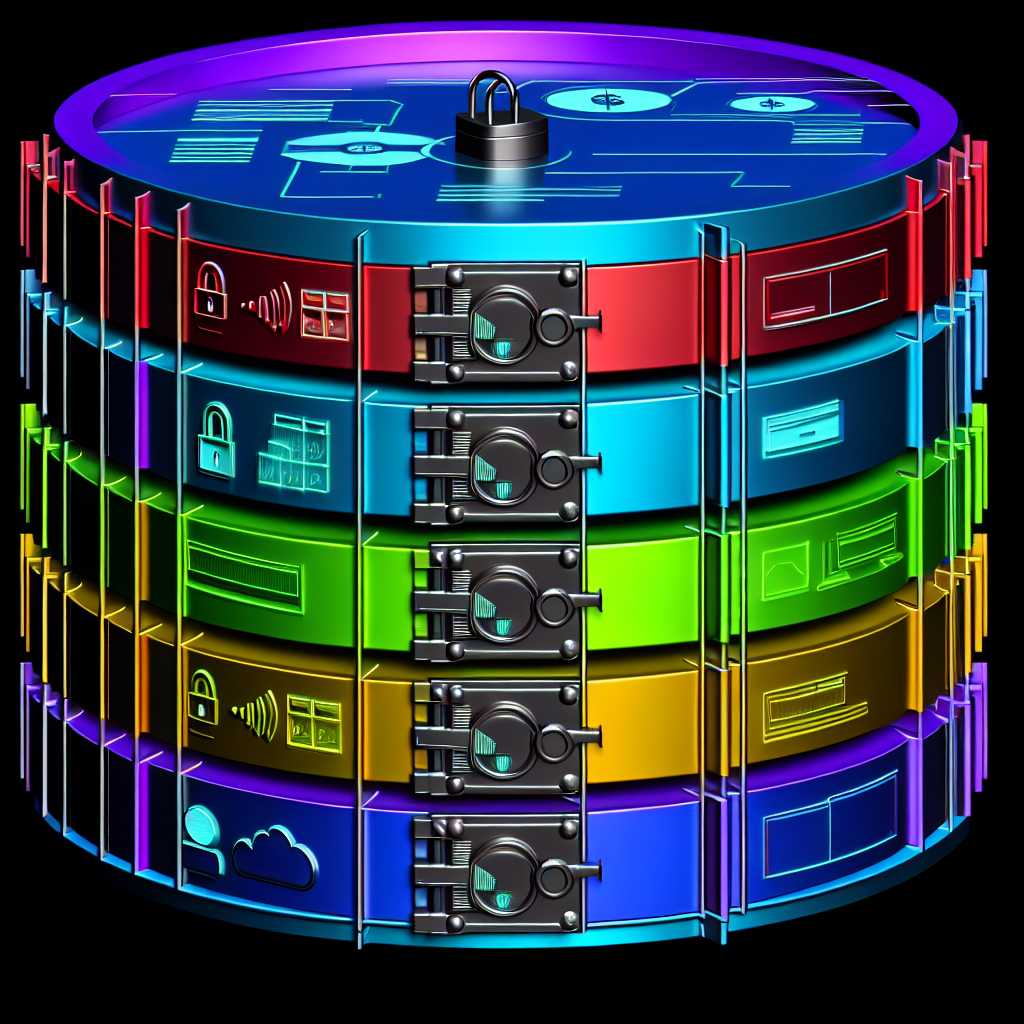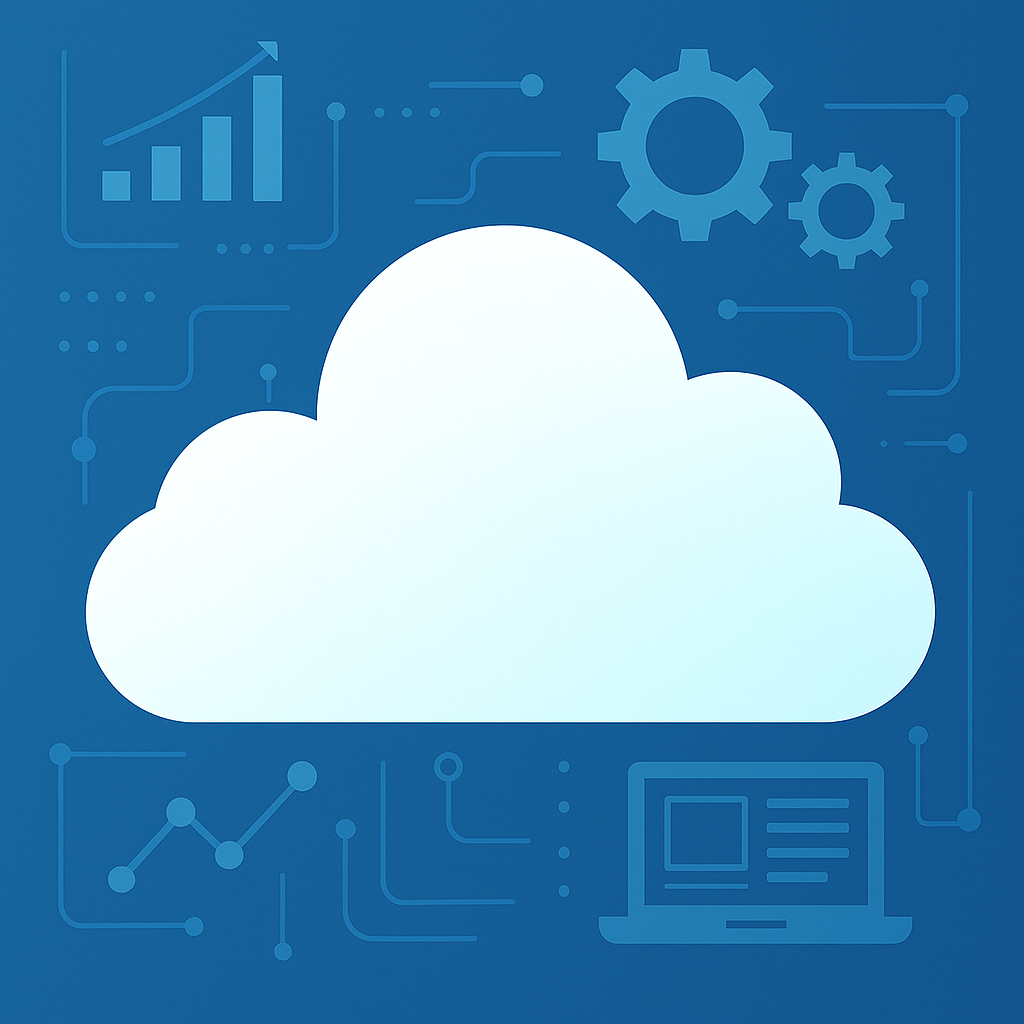Zero Trust has officially graduated from being a cybersecurity buzzword to becoming a foundational strategy. In 2025, it is no longer a “nice to have” concept for forward-thinking CISOs, it’s a business requirement for every enterprise, regardless of size or industry. What began as a set of principles to reduce insider threats and prevent lateral movement has now matured into a comprehensive framework reshaping how organizations approach security.
This year, new trends are redefining what Zero Trust means in practice. AI-driven enforcement, continuous authentication, and self-healing networks are no longer futuristic ideas—they’re operational imperatives. Enterprises that fail to adapt will face more sophisticated attacks, stricter compliance demands, and greater reputational risks.
This post will explore the biggest Zero Trust framework trends for 2025 and provide practical advice on how organizations can prepare for what’s next.
The Core of Zero Trust
At its essence, Zero Trust is about one principle: never trust, always verify. But what does that look like in practice?
Never trust, always verify
In traditional security, networks assumed that once a user or device was inside the perimeter, it could be trusted. In Zero Trust, there is no implicit trust—whether a request comes from inside the network or outside, every access attempt is verified. This prevents lateral movement by malicious actors who manage to gain initial access.
Continuous authentication
Zero Trust frameworks require more than one-time authentication. Instead, they rely on continuous authentication, validating user and device identity throughout a session. This can include device health checks, behavioral biometrics, or context-based signals such as geolocation or time of access.
Example in practice:
-
In healthcare, clinicians accessing patient records are continuously verified. If an access attempt is made from a suspicious location or unusual time, additional authentication steps are triggered.
-
In manufacturing, IoT sensors feeding into an ERP system are continuously monitored, preventing compromised devices from sending false data.
Least privilege access
A key pillar is the concept of least privilege—users, devices, and applications are granted only the permissions they need to perform their tasks, and nothing more. By limiting privileges, organizations shrink the attack surface and minimize the damage in case of compromise.
Example in practice:
-
In finance, traders may be given access to market data feeds but not payment-processing systems.
-
In education, a professor can access student records for their department but not financial aid files.
Anomaly detection
Zero Trust isn’t just about setting policies, it’s about enforcing them intelligently. Real-time anomaly detection allows organizations to identify unusual patterns of behavior (e.g., a user downloading large volumes of sensitive files at 2 a.m.) and act before harm is done.
AI-Powered Zero Trust
Artificial Intelligence is reshaping cybersecurity at every level, and Zero Trust is no exception. In 2025, AI-driven policy enforcement is one of the most transformative shifts.
From static to dynamic enforcement
Traditional access policies are static. Rules are written, and users either pass or fail the checks. AI, however, allows for adaptive and context-aware decision-making. For example:
-
A financial analyst logging in from headquarters during work hours may be granted seamless access.
-
The same analyst logging in from an unfamiliar device overseas may trigger step-up authentication, quarantine, or denial.
This dynamic enforcement reduces friction for legitimate users while increasing barriers for potential attackers.
Automated policy management
One of the challenges of Zero Trust adoption has been policy sprawl. Too many rules, too many exceptions, and a constant need for manual updates. AI can streamline this by:
-
Analyzing network activity and suggesting new policies.
-
Automatically adjusting privileges based on behavior and role changes.
-
Eliminating redundant or outdated rules to prevent gaps in coverage.
Example in practice:
-
A retail chain uses AI to analyze employee access requests. Seasonal employees are automatically provisioned with temporary, least-privilege access, which expires at the end of their contract—without requiring IT tickets.
AI & anomaly detection
AI also supercharges anomaly detection. Machine learning models can identify subtle deviations from normal behavior that humans or rule-based systems might miss—flagging insider threats, compromised accounts, or rogue IoT devices.
Self-Healing Networks
Zero Trust in 2025 is about resilience, not just prevention. The next generation of networks is self-healing—capable of detecting issues and automatically taking corrective action.
Automated isolation
If a device shows signs of compromise, a self-healing network can isolate it instantly—before it spreads malware or ransomware laterally. This limits the blast radius of an attack.
Automated remediation
Instead of waiting for IT teams to investigate and patch vulnerabilities, self-healing systems can roll back suspicious changes, reimage compromised endpoints, or apply security updates in real time.
Reducing downtime
For industries like healthcare, finance, or manufacturing, downtime is catastrophic. Self-healing networks minimize downtime by automatically resolving incidents and restoring operations without human intervention.
Example in practice:
-
A hospital network automatically quarantines an infected nurse’s workstation, restores it to a clean backup, and reintegrates it into the system—all without interrupting patient care.
-
A logistics company uses self-healing IoT networks in its warehouses. When one compromised scanner device is detected, it is isolated and restored while warehouse operations continue seamlessly.
Integration with Zero Trust
Self-healing networks extend the Zero Trust principle by ensuring that any device, application, or connection that drifts out of compliance is corrected automatically. This keeps the network continuously aligned with Zero Trust requirements.
Extended Detection & Response (XDR) Integration
Another defining trend of 2025 is the integration of XDR (Extended Detection and Response) into Zero Trust frameworks.
Why XDR matters
XDR consolidates visibility across endpoints, networks, identities, and cloud workloads bringing together telemetry that was once siloed. For Zero Trust, this means:
-
Unified visibility across hybrid environments.
-
Smarter detection of lateral movement and insider threats.
-
Faster response times with automated workflows.
Identity-first security
Identity has become the new perimeter. By integrating XDR with identity-first security, organizations can correlate suspicious activity with user identity, making it easier to spot compromised accounts and enforce continuous authentication.
Example in practice:
-
In a law firm, if a junior associate attempts to download thousands of files overnight, XDR correlates the activity with their identity and flags it for immediate investigation.
AI-driven XDR
Many XDR platforms now use AI to reduce alert fatigue and prioritize the highest-risk threats. When combined with Zero Trust, this creates an environment where threats are not only detected faster but also contained automatically.
Expanded example:
-
In manufacturing, XDR detects unusual access from a contractor’s laptop connected to the plant floor network. Integrated with Zero Trust, the system not only blocks the access but also automatically checks whether the laptop is infected, isolating it if necessary, without requiring manual IT intervention.
Myth vs. Reality: Clearing the Air Around Zero Trust
As Zero Trust becomes mainstream, several misconceptions linger. Let’s break them down:
-
Myth: Zero Trust means no trust at all.
Reality: Zero Trust doesn’t eliminate trust; it makes it earned and continuously validated. Trusted sessions and devices exist. They’re just verified at every step. -
Myth: Zero Trust is only for large enterprises.
Reality: Small and mid-sized businesses benefit as much, if not more, since attackers often target them as easier entry points. -
Myth: Zero Trust is a single product.
Reality: Zero Trust is a framework, a combination of policies, processes, and technologies. No single tool can deliver it. -
Myth: Zero Trust hinders productivity.
Reality: With AI-driven enforcement and adaptive authentication, Zero Trust often makes systems easier and faster for legitimate users while blocking suspicious activity.
Future Outlook: Where Zero Trust Is Headed
As we look beyond 2025, Zero Trust frameworks will evolve even further. Key trends include:
-
Identity everywhere: With IoT devices, remote workers, and multi-cloud environments, identity verification will extend beyond people to machines, bots, and APIs.
-
Policy automation at scale: AI will handle the majority of policy creation, reducing human workload.
-
Self-healing as default: Automated remediation will become standard practice, not an advanced feature.
-
Regulatory compliance: Governments and regulators are increasingly mandating Zero Trust adoption, making it not only a best practice but a legal requirement.
-
Quantum readiness: Forward-looking organizations are beginning to explore quantum-resistant authentication protocols to ensure Zero Trust frameworks remain future-proof.
Cyber Advisors: Guiding Your Zero Trust Journey
Understanding and implementing Zero Trust can be overwhelming—especially with the pace of change in 2025. That’s where Cyber Advisors comes in.
We’ve helped clients across industries—manufacturing, healthcare, finance, education, and more—design and implement Zero Trust frameworks tailored to their environments. Whether your organization is just beginning the journey or refining existing strategies, our experts bring hands-on experience with AI-driven enforcement, XDR integration, and continuous authentication.
With a holistic approach, we go beyond the technical controls to align Zero Trust with your business objectives, compliance requirements, and growth strategy.
Conclusion
Zero Trust is no longer optional—it’s the foundation of modern cybersecurity. In 2025, organizations that fail to embrace AI-powered enforcement, self-healing networks, and integrated XDR will find themselves falling behind both attackers and competitors.
Cyber Advisors is here to help you close the gap. Schedule a cybersecurity assessment with us today to see where your organization stands and where it should be on its Zero Trust journey. The time to act is now—before attackers exploit the weaknesses you haven’t yet addressed.




